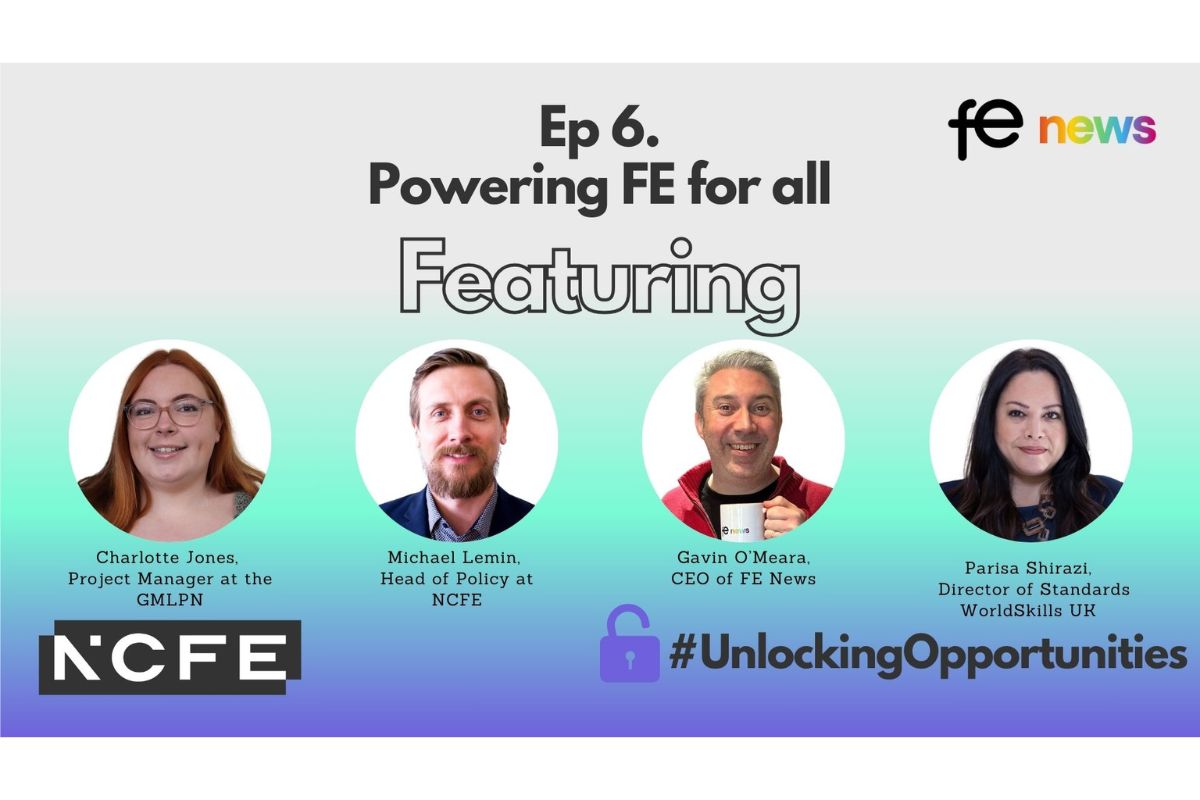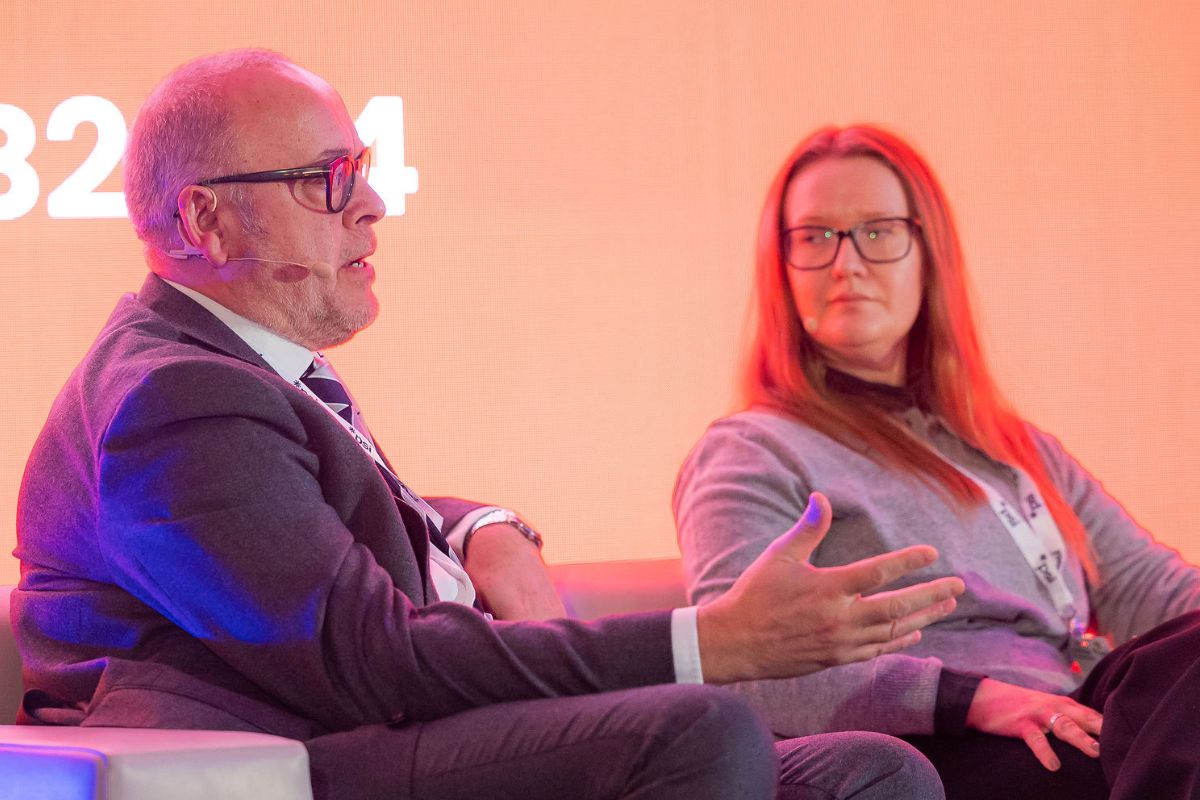Colleges and training providers: will your LinkedIn group for employers flourish?

Creating groups on places like LinkedIn is easy. Perhaps it’s too easy. Someone in your organisation suggests it would be a good idea to create a group and five minutes later it’s up and running.
The trouble is that the group doesn’t have a purpose and an identity. It doesn’t have any members or a strategy for attracting them. You probably don’t have a clear idea of what you want your new group to do for you or for your employers either.
It’s a good idea to do that sort of thinking before you create your group.
Your LinkedIn Group must have a purpose
Think about why your group exists. It can’t just be a place to share ideas or for you to post updates about your courses. If your group is going to flourish, and that means attracting and keeping members, it has to add value to those members.
Will your forum bring together people who wouldn’t normally interact? Will you make sure there are lots of discussions and opportunities to exchange views and more in the group?
Have you realised that you will need to start most of the discussions yourself and take steps to keep them going? If your group is going to succeed, it’s you who will be working hard, not the members.
Your LinkedIn group will need to be managed
It happens in just about every group. Someone starts promoting their products or services. Then someone else adds an even more blatant sales pitch. Other members flag the content as inappropriate and say they didn’t join the group to be sold to. Factions form, and before you know where you are, your group is losing members and interactions are becoming acrimonious.
LinkedIn® groups, like other online groups, need managing. You need to be looking at the inputs and the comments being made, if not every day, then on most days. As the group’s manager, and as your organisation’s representative, you’re not just monitoring the group’s activities. You’re thanking members and commenting yourself on what’s being said. You’re starting discussions and asking questions about issues in the news that are relevant to the group’s interests. You’re offering additional insights. You’re doing everything you can to keep discussions going and your members engaged.
At the same time, you’re always looking for new members, inviting people to join the group and promoting the benefits of membership. In short, you’re being a good manager, and your actions will help your group to flourish and grow.
Link your group activity to your other activities
Your LinkedIn group must always remain an outpost of your organisation. You want employers to be active members of your group. You also want them to remember who hosts the group, what you do and how you help your employers.
Mention relevant news in your announcements and discussions, but avoid turning those inputs into sales messages. Ask group members what should be included in the next employer event. Ask what type of event you should be putting on and the best time of the year to hold your open evenings and dinner dances. Use your LinkedIn group to consult your employers about issues that affect them as well as communicating with them via your group. Keep the promotional elements to a minimum, but work hard to generate interest and enthusiasm for what you’re doing and plan to do.
Finally …
Online forums are notoriously difficult to keep going. By all means create your group, but also accept that if it’s really is going to take off, you’ll need to allocate time and energy to making it a success, this week, this month and for as long as your group continues to exist.
Margaret Adams MA Chartered FCIPD helps real world businesses make more and better use of the online world to build their reputations and their success.











Responses